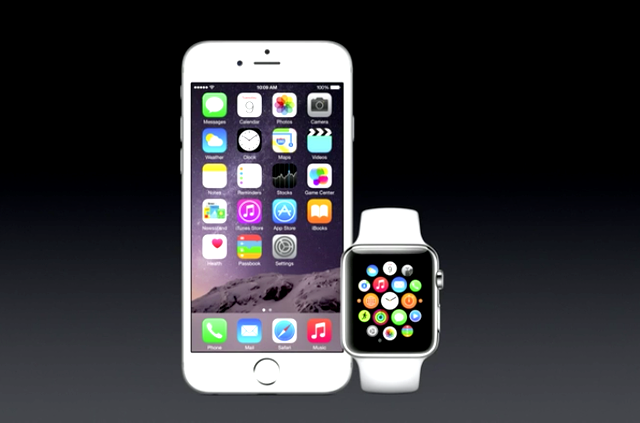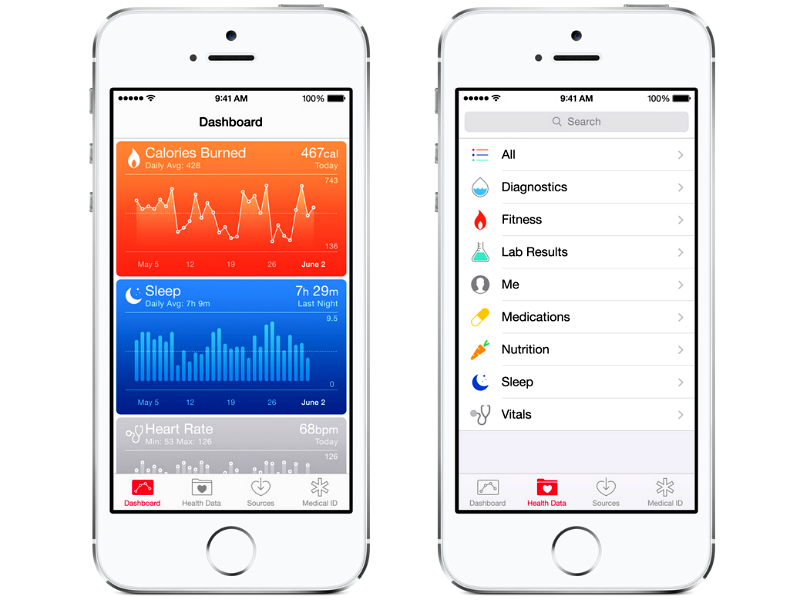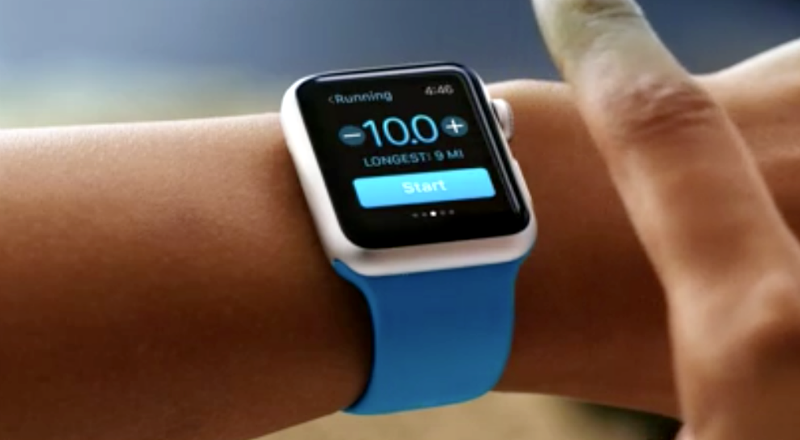
The health and fitness industry is one that Apple has been involved in for a while now. Its partnership with Nike has seen a bunch of dedicated apps appear on several previous iPhone and iPod models. Apple's latest batch of products is no exception. In fact, the fruit-themed company has made the iPhone 6, iPhone 6 Plus and Apple Watch much more fitness-focused than any of its previous products, which clearly suggests that the company sees this area as a potentially lucrative one.
The first illustration of this comes through the iOS 8 operating system, which will be available as a free upgrade from 17 September. iOS 8 will be released with a health app, as well as a tool for developers called 'HealthKit,' which will bring information from a potentially unlimited amount of health apps straight to your fingertips.
According to Apple, "The new Health app gives you an easy-to-read dashboard of your health and fitness data. And we've created a new tool for developers called HealthKit, which allows all the incredible health and fitness apps to work together, and work harder, for you. It just might be the beginning of a health revolution".
The tech giant has demonstrated some of the possibilities that the app offers through its recent 'Strength' advert, which shows a host of athletes using various pieces of software to track their exercise progress, monitor weight loss, analyze golf swing technique and even trace the trajectory of a football. Although the ad specifically looks like it is targeting iPhone 5S users, the campaign is clearly also directed at the iPhone 6 and 6 Plus, and showcases apps that will appeal to the whole range of potential users, from the part-time runner to the professional sportsman.
Then we move on to the Apple Watch, which I believe shows more potential as a fitness tool than any other smartwatch currently on the market. Apple says that the watch, "Unites the capabilities of an all-day fitness tracker and a highly advanced sports watch in one device," and you know what -- it's not lying.
Firstly, it features an accelerometer to measure movement, as well as a built-in heart rate monitor to measure the intensity of your exercise, immediately providing competition to traditional fitness-tracking wearables from the likes of Fitbit and Garmin.

Next up is the Activity app, which has three different modes to measure your daily exercise. The 'Move' mode shows you how many calories you've burned and suggests daily goals based on your history, the 'Exercise' mode monitors the amount of more intense exercise that you do each day and the 'Stand' mode tracks how often you stand up during the day and provides reminders if you've been sitting down for too long.
Add to this the dedicated Workout app that provides real-time statistics, such as distance travelled and calories burned, allows you to set goals, gives you updates of any milestones you've reached and tracks your achievements, and you've got a pretty comprehensive exercise tool on your hands. Or should I say, wrist.
But I know what you're thinking. There are plenty of wearables out there that do similar things and are probably a fair bit cheaper. The difference with Apple, I think, is threefold. Firstly, there's the sheer amount of information at your disposal, which is more comprehensive than in any other device.

Secondly, the HealthKit platform means that there is no limit to the apps that could sync to the Watch and thirdly, the partnership that Apple has with Mayo Clinic and Epic Systems, the electrical health records vendor, means that all of this information can connect to health institutions and actually be put to good use.
So, although I'm willing to admit that Apple's latest batch of products may not immediately revolutionize how we keep track of our exercise and fitness, they are certainly leading the race so far.
Published under license from ITProPortal.com, a Net Communities Ltd Publication. All rights reserved.

